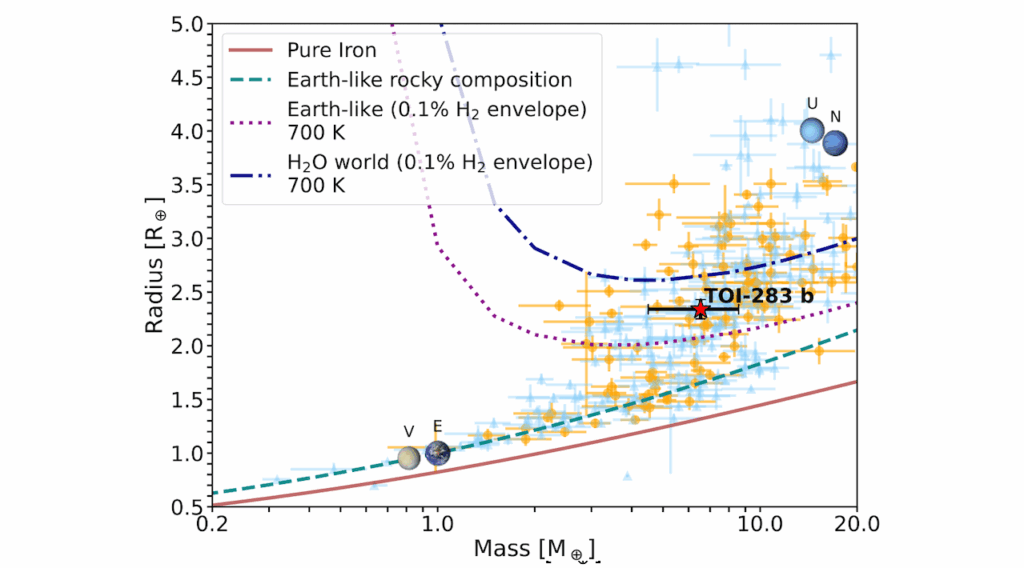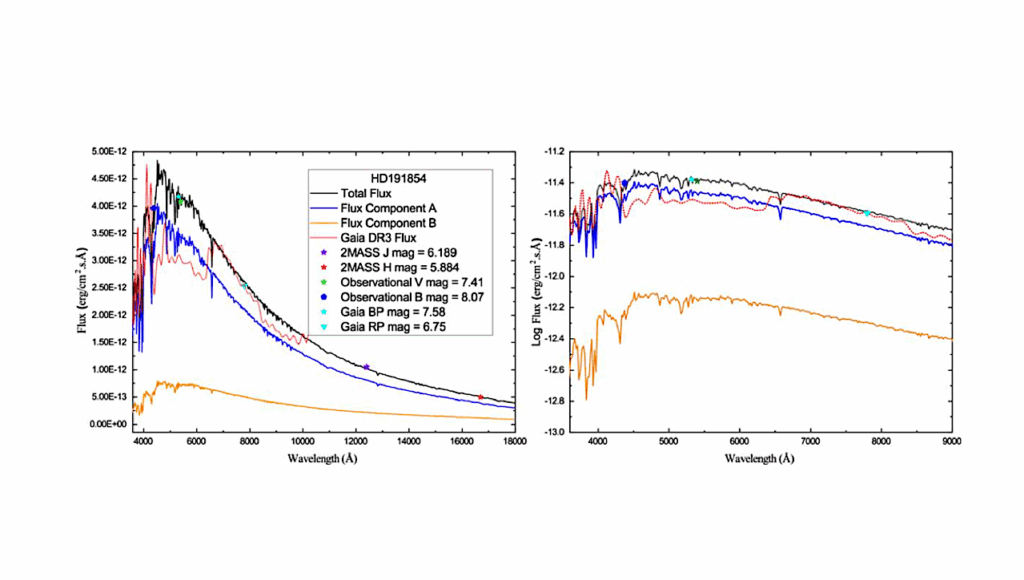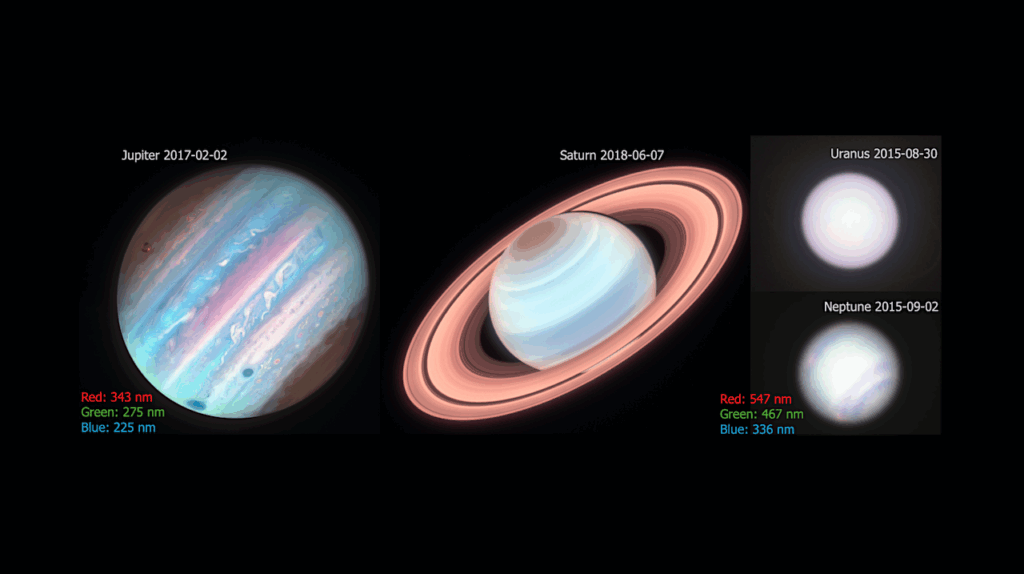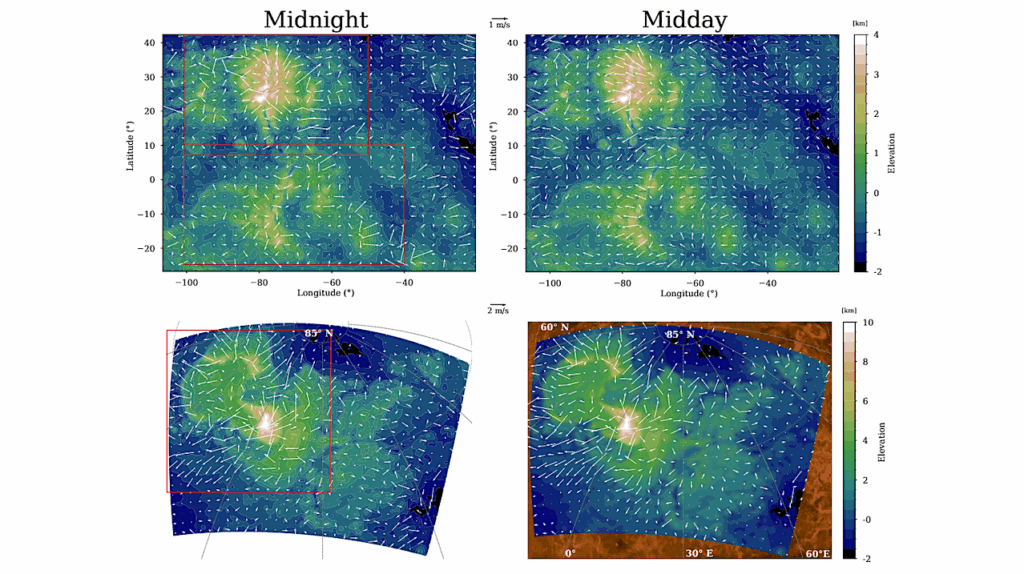Planet Formation in Post-common-envelope Binaries

To understand the evolution of planetary systems, it is important to investigate planets in highly evolved stellar systems, and to explore the implications of their observed properties with respect to potential formation scenarios.
Observations suggest the presence of giant planets in post-common-envelope binaries (PCEBs). A particularly well-studied system with planetary masses of 1.7 M_J and 7.0 M_J is NN Ser. We show here that a pure first-generation scenario where the planets form before the common envelope (CE) phase and the orbits evolve due to the changes in the gravitational potential is inconsistent with the current data. We propose a second-generation scenario where the planets are formed from the material that is ejected during the CE, which may naturally explain the observed planetary masses. In addition, hybrid scenarios where the planets form before the CE and evolve due to the accretion of the ejected gas appear as a realistic possibility.
Dominik Schleicher, Stefan Dreizler, Marcel Völschow, Robi Banerjee, Frederic V. Hessman (Submitted on 7 Jan 2015)
Comments: 7 pages, 5 figures. Plenary talk given at the 2014 Fall Meeting of the Astronomische Gesellschaft (AG 2014) in Bamberg, submitted for the yearbook series “Reviews in Modern Astronomy”, volume 27, of the Astronomische Gesellschaft
Subjects: Solar and Stellar Astrophysics (astro-ph.SR); Earth and Planetary Astrophysics (astro-ph.EP)
Cite as: arXiv:1501.01656 [astro-ph.SR] (or arXiv:1501.01656v1 [astro-ph.SR] for this version)
Submission history From: Dominik R. G. Schleicher [v1] Wed, 7 Jan 2015 21:34:20 GMT (291kb) http://arxiv.org/abs/1501.01656








